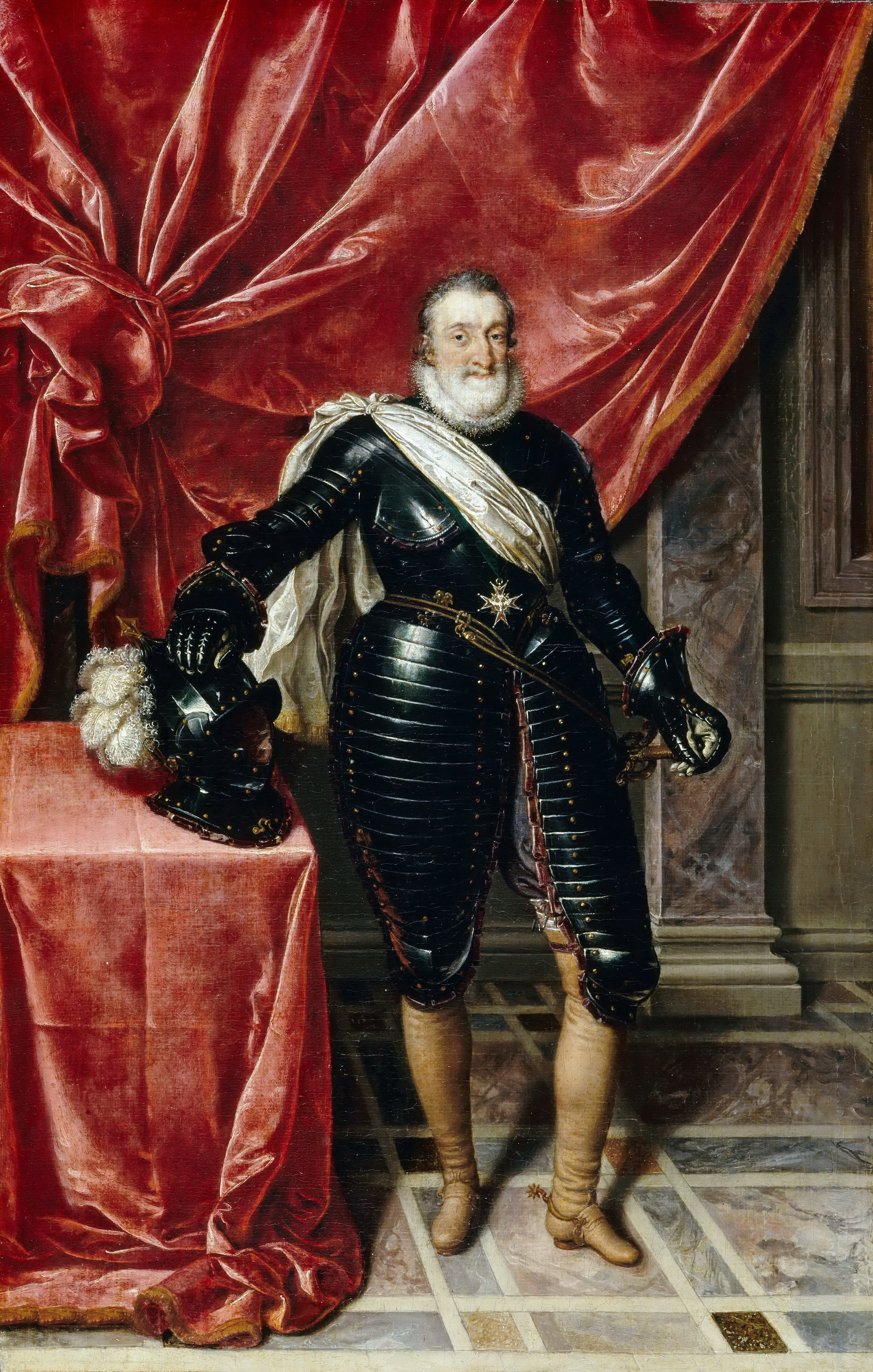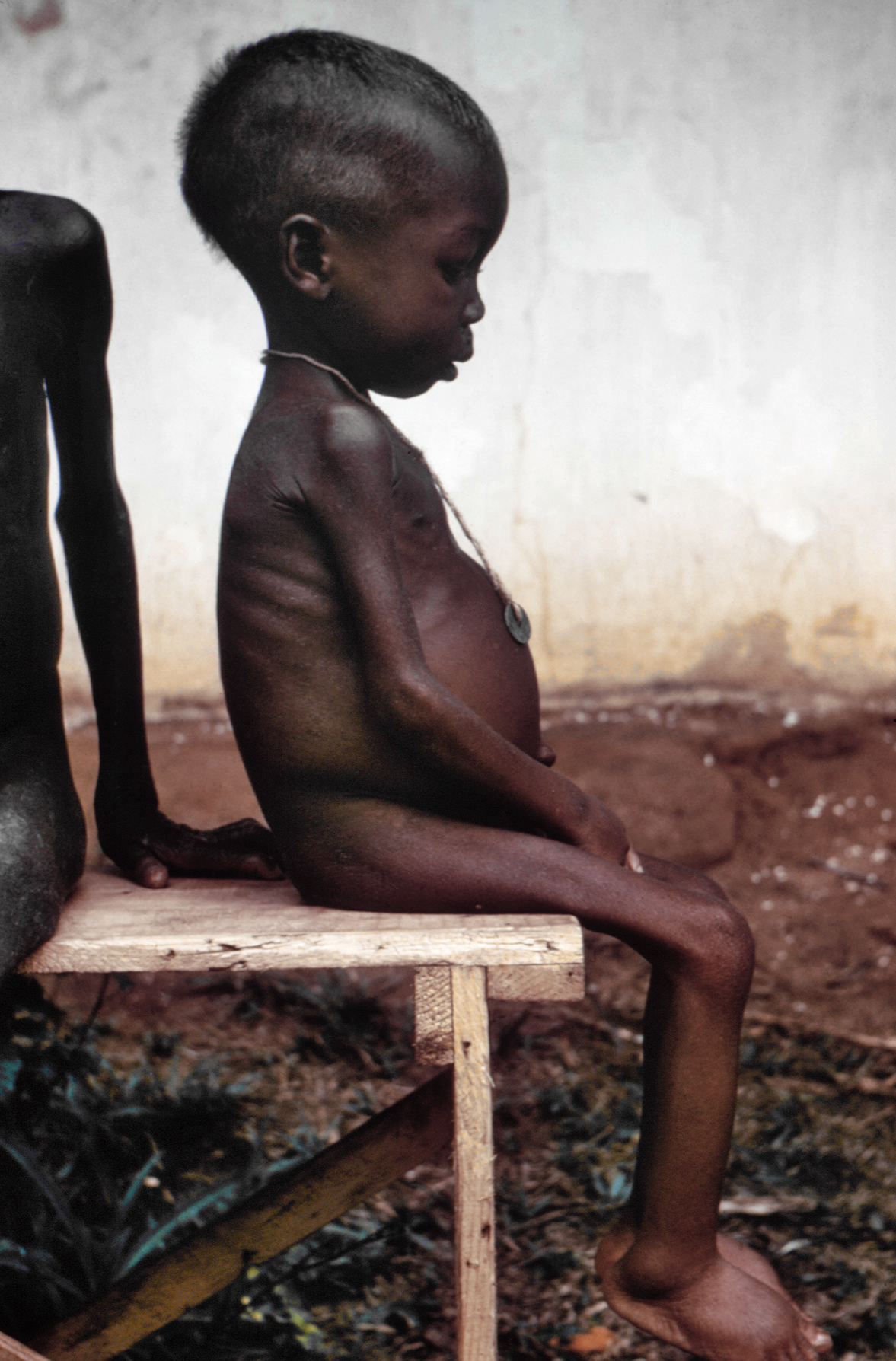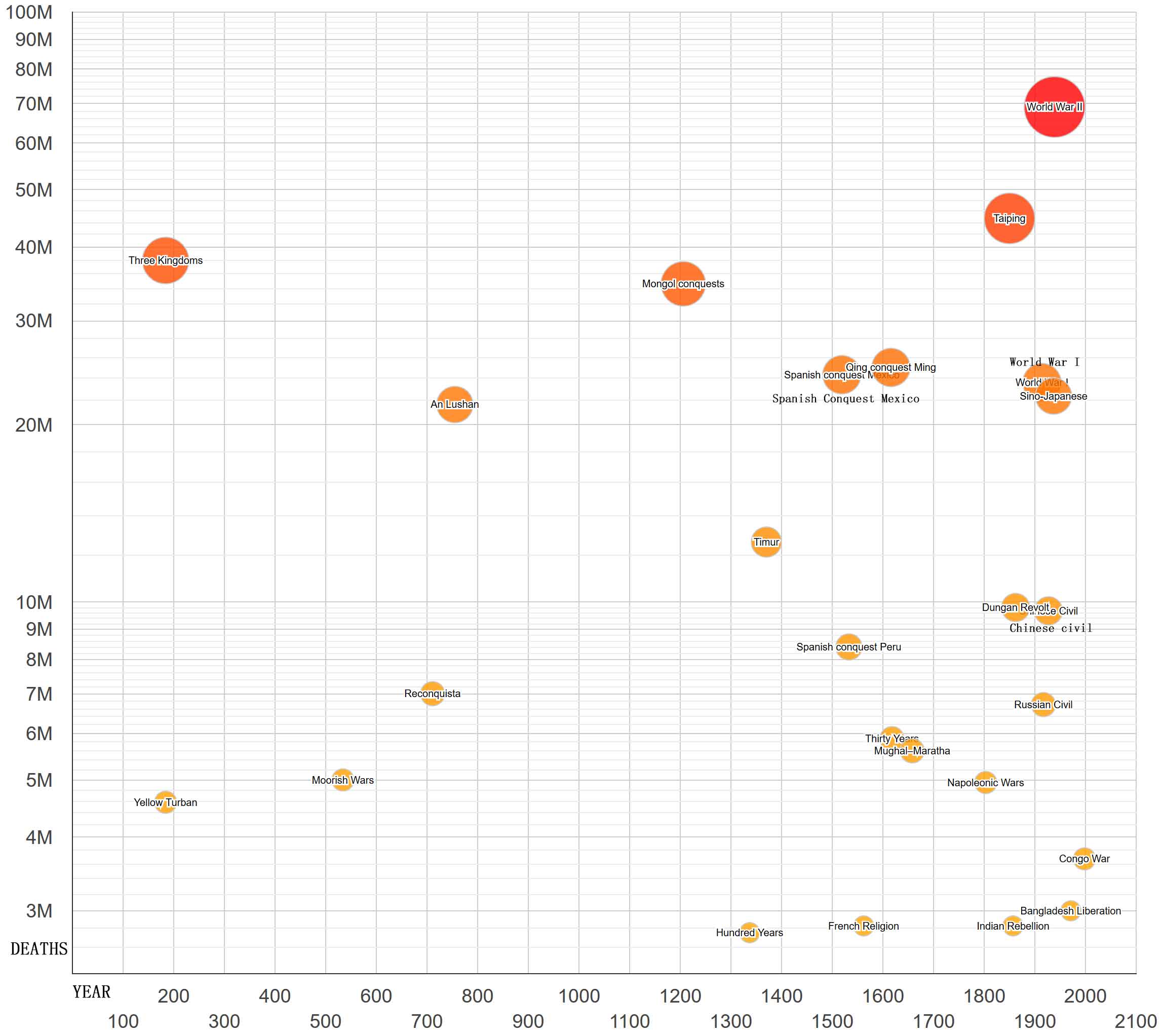|
Siege Of Paris, 1590
The siege of Paris took place in 1590 during the French Wars of Religion when the French Royal Army under Henry of Navarre, and supported by the Huguenots, failed to capture the city of Paris from the Catholic League. Paris was finally relieved from the siege by an international Catholic and Spanish army under the command of Alexander Farnese, Duke of Parma. Background After his victory over the Catholic forces commanded by Charles, Duke of Mayenne and Charles of Guise, Duke of Aumale at the Battle of Ivry on 14 March, Henry of Navarre advanced with his troops on his main objective of Paris, possession of which would allow him to confirm his contested claim to the French throne. Paris at the time was a large walled city of around 200,000–220,000 people. Siege of Paris On 7 May, Henry's army surrounded the city, imposing a blockade and burnt windmills to prevent food from reaching Paris. Henry had at this point only around 12,000–13,000 troops, facing defenders estimat ... [...More Info...] [...Related Items...] OR: [Wikipedia] [Google] [Baidu] |
French Wars Of Religion
The French Wars of Religion is the term which is used in reference to a period of civil war between French Catholic Church, Catholics and Protestantism, Protestants, commonly called Huguenots, which lasted from 1562 to 1598. According to estimates, between two and four million people died from violence, famine or diseases which were directly caused by the conflict; additionally, the conflict severely damaged the power of the French monarchy. The fighting ended in 1598 when Henry of Navarre, who had converted to Catholicism in 1593, was proclaimed Henry IV of France and issued the Edict of Nantes, which granted substantial rights and freedoms to the Huguenots. However, the Catholics continued to have a hostile opinion of Protestants in general and they also continued to have a hostile opinion of him as a person, and his assassination in 1610 triggered a fresh round of Huguenot rebellions in the 1620s. Tensions between the two religions had been building since the 1530s, exacerba ... [...More Info...] [...Related Items...] OR: [Wikipedia] [Google] [Baidu] |
Starvation
Starvation is a severe deficiency in caloric energy intake, below the level needed to maintain an organism's life. It is the most extreme form of malnutrition. In humans, prolonged starvation can cause permanent organ damage and eventually, death. The term ''inanition'' refers to the symptoms and effects of starvation. Starvation may also be used as a means of torture or execution. According to the World Health Organization (WHO), hunger is the single gravest threat to the world's public health.Malnutrition The Starvelings The WHO also states that is by far the biggest contributor to [...More Info...] [...Related Items...] OR: [Wikipedia] [Google] [Baidu] |
Battles Involving Spain
A battle is an occurrence of combat in warfare between opposing military units of any number or size. A war usually consists of multiple battles. In general, a battle is a military engagement that is well defined in duration, area, and force commitment. An engagement with only limited commitment between the forces and without decisive results is sometimes called a skirmish. The word "battle" can also be used infrequently to refer to an entire operational campaign, although this usage greatly diverges from its conventional or customary meaning. Generally, the word "battle" is used for such campaigns if referring to a protracted combat encounter in which either one or both of the combatants had the same methods, resources, and strategic objectives throughout the encounter. Some prominent examples of this would be the Battle of the Atlantic, Battle of Britain, and Battle of Stalingrad, all in World War II. Wars and military campaigns are guided by military strategy, wherea ... [...More Info...] [...Related Items...] OR: [Wikipedia] [Google] [Baidu] |
Sieges Involving France
A siege is a military blockade of a city, or fortress, with the intent of conquering by attrition, or a well-prepared assault. This derives from la, sedere, lit=to sit. Siege warfare is a form of constant, low-intensity conflict characterized by one party holding a strong, static, defensive position. Consequently, an opportunity for negotiation between combatants is common, as proximity and fluctuating advantage can encourage diplomacy. The art of conducting and resisting sieges is called siege warfare, siegecraft, or poliorcetics. A siege occurs when an attacker encounters a city or fortress that cannot be easily taken by a quick assault, and which refuses to surrender. Sieges involve surrounding the target to block the provision of supplies and the reinforcement or escape of troops (a tactic known as "investment"). This is typically coupled with attempts to reduce the fortifications by means of siege engines, artillery bombardment, mining (also known as sapping), or the use ... [...More Info...] [...Related Items...] OR: [Wikipedia] [Google] [Baidu] |
1590 In France
Events from the year 1590 in France Incumbents * Monarch – Henry IV Events *14 March – Battle of Ivry *May to September – Siege of Paris Births Full date missing * François Perrier, painter (died 1650) Deaths Full date missing *Guillaume de Salluste Du Bartas, poet (born 1544) *André Thévet, priest, explorer and cosmographer (born 1516) * Charles de Bourbon, cardinal (born 1523) * Germain Pilon, sculptor (born c.1525) *Jean Baptiste Androuet du Cerceau Jean Baptiste Androuet du Cerceau (1544/47–1590) was a French architect who designed the Pont Neuf (1579), spanning the Seine, Paris, and became supervisor of the royal works under Henri III and Henri IV, including the Louvre. Several ''hôtel ..., architect (born 1544/47) * Ambroise Paré, barber surgeon (born c.1510) See also References 1590s in France {{France-hist-stub ... [...More Info...] [...Related Items...] OR: [Wikipedia] [Google] [Baidu] |
List Of Wars And Disasters By Death Toll
This is a list of wars and anthropogenic disasters by death toll. The list covers the name of the event, location and the start and end of each event. Some events may belong in more than one category. In addition, some of the listed events overlap each other, and in some cases the death toll from a smaller event is included in the one for the larger event or time period of which it was part. There is often large uncertainty about the death tolls. The tables are initially sorted by the geometric mean, meaning the square root of the product of the lowest and highest estimate, of the cumulative number of deaths, for example, \sqrt = 1000 for a lowest estimate of 500 and highest of 2000 dead since the start of the war or disaster. War Wars and armed conflicts This section lists all wars and major conflicts in which the highest estimated casualties exceeds 100,000. This includes deaths of both soldiers, civilians, etc. from causes both directly and indirectly caused by the war ... [...More Info...] [...Related Items...] OR: [Wikipedia] [Google] [Baidu] |
List Of French Monarchs
France was ruled by monarchs from the establishment of the Kingdom of West Francia in 843 until the end of the Second French Empire in 1870, with several interruptions. Classical French historiography usually regards Clovis I () as the first king of France, however historians today consider that such a kingdom did not begin until the establishment of West Francia. Titles The kings used the title "King of the Franks" ( la, Rex Francorum) until the late twelfth century; the first to adopt the title of "King of France" (Latin Latin (, or , ) is a classical language belonging to the Italic branch of the Indo-European languages. Latin was originally a dialect spoken in the lower Tiber area (then known as Latium) around present-day Rome, but through the power of the ...: ''Rex Franciae''; French language, French: ''roi de France'') was Philip II of France, Philip II in 1190 (r. 1180–1223), after which the title "King of the Franks" gradually lost ground. However, ... [...More Info...] [...Related Items...] OR: [Wikipedia] [Google] [Baidu] |
Anglo-Spanish War (1585–1604)
The Anglo-Spanish War (1585–1604) was an intermittent conflict between the Habsburg Kingdom of Spain and the Kingdom of England. It was never formally declared. The war included much English privateering against Spanish ships, and several widely separated battles. It began with England's military expedition in 1585 to what was then the Spanish Netherlands under the command of the Earl of Leicester, in support of the Dutch rebellion against Spanish Habsburg rule. The English enjoyed a victory at Cádiz in 1587, and repelled the Spanish Armada in 1588, but then suffered heavy setbacks: the English Armada (1589), the Drake–Hawkins expedition (1595), and the Essex–Raleigh expedition (1597). Three further Spanish armadas were sent against England and Ireland in 1596, 1597, and 1601, but these likewise ended in failure for Spain, mainly because of adverse weather. The war became deadlocked around the turn of the 17th century during campaigns in the Netherlands, France, a ... [...More Info...] [...Related Items...] OR: [Wikipedia] [Google] [Baidu] |
Religion In France
Religion in France is diverse, with Christianity being the most widely professed faith. France can attribute its diversity to the country's adherence to secularism, freedom of religion and freedom of thought, as guaranteed by the 1789 Declaration of the Rights of Man and of the Citizen. The Republic is based on the principle of ''laïcité'' (or "freedom of conscience") established by the 1880s Jules Ferry laws and the 1905 French law on the Separation of the Churches and the State. Catholic Christianity, the religion of a plurality of the French people, is no longer the state religion that it was before the 1789 French Revolution, as well as throughout several non-republican regimes of the 19th century (the Restoration, the July Monarchy and the Second French Empire). The major religions practiced in France include Christianity (about 50% overall, with denominations including Catholicism, various branches of Protestantism, Eastern Orthodoxy, Armenian Orthodoxy), Islam, Judais ... [...More Info...] [...Related Items...] OR: [Wikipedia] [Google] [Baidu] |
Edict Of Nantes
The Edict of Nantes () was signed in April 1598 by King Henry IV and granted the Calvinist Protestants of France, also known as Huguenots, substantial rights in the nation, which was in essence completely Catholic. In the edict, Henry aimed primarily to promote civil unity. The edict separated civil from religious unity, treated some Protestants for the first time as more than mere schismatics and heretics and opened a path for secularism and tolerance. In offering a general freedom of conscience to individuals, the edict offered many specific concessions to the Protestants, such as amnesty and the reinstatement of their civil rights, including the right to work in any field, even for the state, and to bring grievances directly to the king. It marked the end of the French Wars of Religion, which had afflicted France during the second half of the 16th century. The Edict of St. Germain, promulgated 36 years earlier by Catherine de Médici, had granted limited tolerance to Hugu ... [...More Info...] [...Related Items...] OR: [Wikipedia] [Google] [Baidu] |
King Of France
France was ruled by monarchs from the establishment of the Kingdom of West Francia in 843 until the end of the Second French Empire in 1870, with several interruptions. Classical French historiography usually regards Clovis I () as the first king of France, however historians today consider that such a kingdom did not begin until the establishment of West Francia. Titles The kings used the title "King of the Franks" ( la, Rex Francorum) until the late twelfth century; the first to adopt the title of "King of France" (Latin: ''Rex Franciae''; French: ''roi de France'') was Philip II in 1190 (r. 1180–1223), after which the title "King of the Franks" gradually lost ground. However, ''Francorum Rex'' continued to be sometimes used, for example by Louis XII in 1499, by Francis I in 1515, and by Henry II in about 1550; it was also used on coins up to the eighteenth century. During the brief period when the French Constitution of 1791 was in effect (1791–1792) and after ... [...More Info...] [...Related Items...] OR: [Wikipedia] [Google] [Baidu] |







